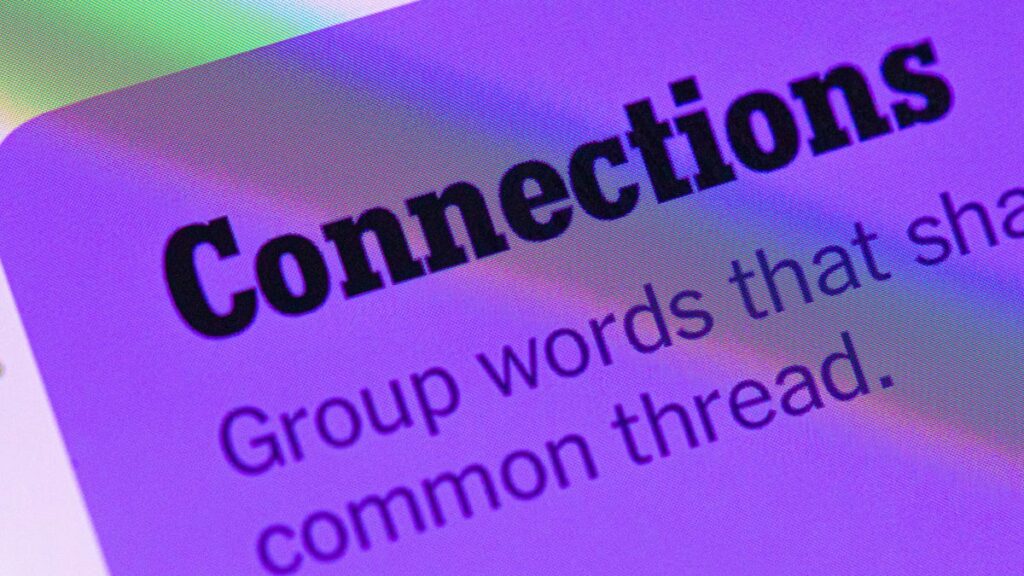
For puzzle enthusiasts, today’s New York Times Connections puzzle presents a unique challenge with some particularly tricky clues. On October 30, players are grappling with a puzzle that includes a perplexing purple category, which has left many scratching their heads. If you’re seeking guidance, you’ve come to the right place. Below, we provide hints and answers to help you solve today’s puzzle.
The New York Times has expanded its puzzle offerings with the introduction of a Connections Bot, similar to the popular Wordle Bot. This tool allows registered players to track their progress, analyze their answers, and even receive a numeric score. It’s a new way to engage with the game, providing insights into the number of puzzles completed, win rates, and streaks.
Hints for Today’s Connections Puzzle
Today’s puzzle features four distinct groupings, each with its own theme. Here are the hints, ranked from the easiest to the most challenging:
- Yellow group hint: Sweetheart and honey are two more of these.
- Green group hint: You might see these signs in a bookstore.
- Blue group hint: Groups of our flappy friends.
- Purple group hint: City names can also be first names.
Answers for Today’s Connections Groups
For those who need a bit more assistance, here are the answers to today’s puzzle:
The Yellow Group
The theme is terms of endearment. The answers are angel, love, pumpkin, and sugar.
The Green Group
The theme is fiction genres. The answers are fantasy, horror, mystery, and romance.
The Blue Group
The theme is collective nouns for birds. The answers are charm, gaggle, murder, and parliament. Interestingly, the term “parliament” is used for a group of owls, which might stump some players unfamiliar with this usage.
The Purple Group
The theme is people whose first names are US cities. The answers are (Orlando) Bloom, (Austin) Butler, (Savannah) Guthrie, and (Eugene) Levy.
The Broader Context of NYT Puzzles
The introduction of the Connections Bot and the growing popularity of puzzle games reflect a broader trend in digital gaming and brain teasers. The New York Times has long been a leader in this space, with its crossword puzzles serving as a staple for enthusiasts. The addition of games like Wordle and Connections signifies an evolution in how the Times engages its audience, catering to a new generation of puzzle solvers.
According to industry experts, the rise in popularity of such games can be attributed to their accessibility and the cognitive benefits they offer. “Puzzles like these stimulate the brain and provide a sense of accomplishment,” says Dr. Emily Carter, a cognitive psychologist. “They are not only entertaining but also beneficial for mental agility.”
This development follows a broader trend in the gaming industry, where interactive and educational games are gaining traction. As more people seek ways to engage their minds, offerings like the Times’ Connections are perfectly positioned to meet this demand.
Looking Ahead
As the New York Times continues to innovate within its Games section, players can expect even more engaging and challenging puzzles. The introduction of tools like the Connections Bot is just the beginning, with potential for further enhancements and new features that could enrich the gaming experience.
Meanwhile, players are encouraged to explore strategies and tips to improve their skills. Whether you’re a seasoned puzzle solver or a newcomer, the world of NYT puzzles offers something for everyone, promising hours of intellectual engagement and fun.
Stay tuned for more updates and insights into the ever-evolving landscape of puzzle games. The New York Times remains at the forefront, delivering quality content that challenges and entertains its audience worldwide.





